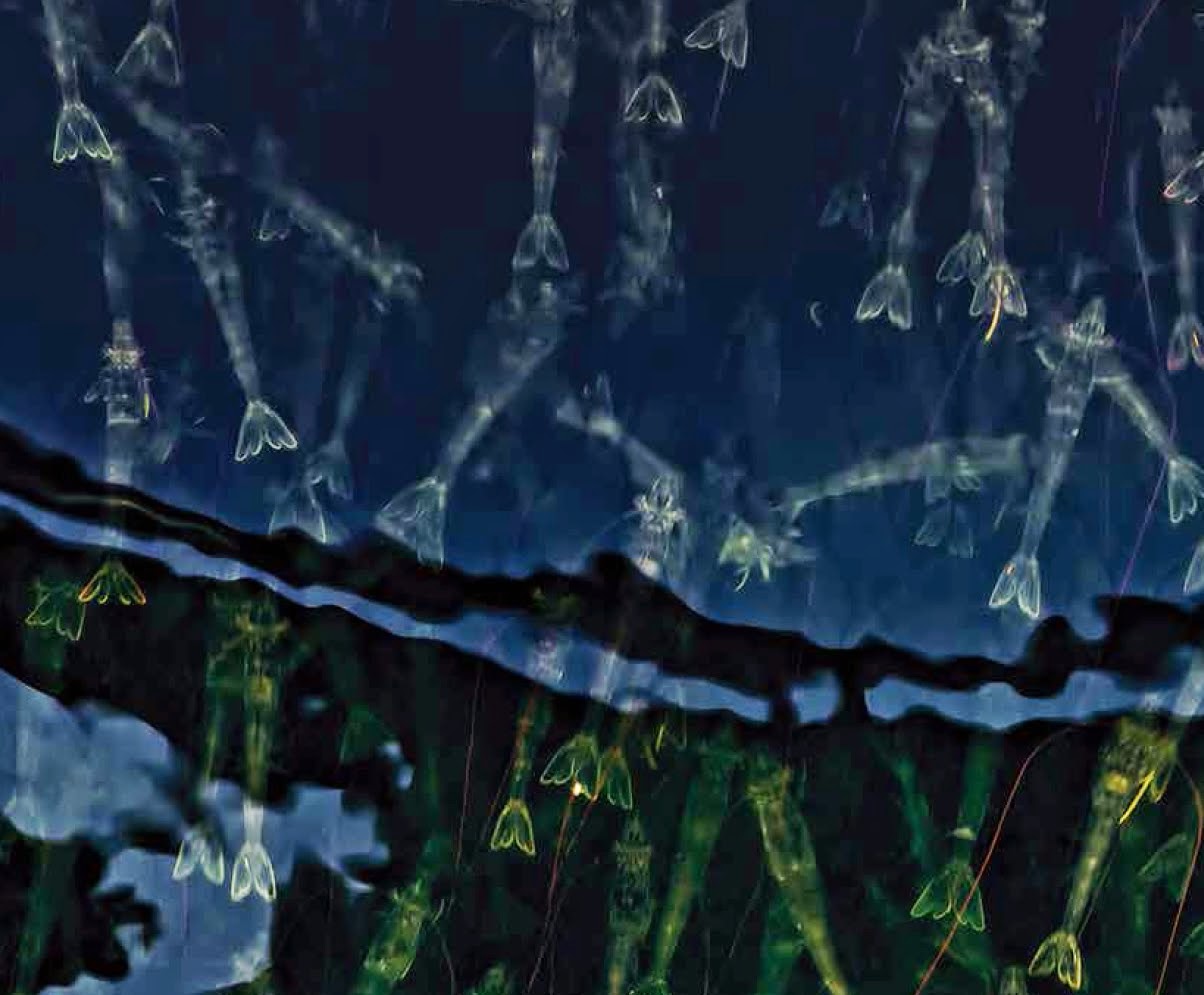by Malachi Stone, International Aquafeed
First published in International Aquafeed, January - February 2015
Although marine shrimp farming has been practised in many Asian countries for at least a hundred years, it is only in the past decade or so that it has really become an economically important industry.
In the past, shrimp were viewed only as a secondary crop. Generally, fry were accidentally washed by the tide into coastal paddy fields and brackish fishponds. Trapped there, they were simply allowed to grow to a decent size then captured and sold.
The supply of fry would depend entirely on fluctuations in the wild population. No efforts were made to control predators or competitors for food and space, and there was no artificial feeding system.
The young shrimp were thus left to fend entirely for themselves. Even the water they were living in was usually too shallow to protect them adequately from freak changes in weather conditions. For all these reasons the yields were somewhat haphazard. Even in a good year, a farmer could only expect to harvest between 100 and 300kg per hectare.
Then the market changed. Farmers realised that the shrimp in their paddy fields were beginning to sell for more than the rice itself. So they simply converted their fields and fishponds into shrimp farms.
Where used, modern shrimp farming techniques have addressed many of the failings of the traditional system. Wherever possible, the farmer has taken active control of the situation rather than leaving it to chance.
 There is a greater density of shrimp in the pools, because more seawater – and thus, more fry - has been pumped in. The pools have been dug deeper, providing a more constant microclimate: the more water over the shrimps’ heads, the greater the protection from environmental fluctuations.
There is a greater density of shrimp in the pools, because more seawater – and thus, more fry - has been pumped in. The pools have been dug deeper, providing a more constant microclimate: the more water over the shrimps’ heads, the greater the protection from environmental fluctuations.
One problem remains, however. Expansion of the industry is still constrained by an inconsistent supply of fry, which still depends on captures from wild stocks. So far only one species of shrimp, Penaeus chinensis, is able to complete its entire breeding cycle in captivity.
Shrimp in culture start out feeding on the algae and aquatic plants that occur naturally in their pools. However, as they get larger a supplement is usually needed. Like lobsters, they are often fed on trash fish, often mixed with rice bran. Other feeds vary from: crushed snails, mussel and clam meat, household leftovers and even large pieces of cowhide suspended in the water for them to feed on.
Read the magazine HERE.
First published in International Aquafeed, January - February 2015
Although marine shrimp farming has been practised in many Asian countries for at least a hundred years, it is only in the past decade or so that it has really become an economically important industry.
In the past, shrimp were viewed only as a secondary crop. Generally, fry were accidentally washed by the tide into coastal paddy fields and brackish fishponds. Trapped there, they were simply allowed to grow to a decent size then captured and sold.
The supply of fry would depend entirely on fluctuations in the wild population. No efforts were made to control predators or competitors for food and space, and there was no artificial feeding system.
The young shrimp were thus left to fend entirely for themselves. Even the water they were living in was usually too shallow to protect them adequately from freak changes in weather conditions. For all these reasons the yields were somewhat haphazard. Even in a good year, a farmer could only expect to harvest between 100 and 300kg per hectare.
Then the market changed. Farmers realised that the shrimp in their paddy fields were beginning to sell for more than the rice itself. So they simply converted their fields and fishponds into shrimp farms.
Where used, modern shrimp farming techniques have addressed many of the failings of the traditional system. Wherever possible, the farmer has taken active control of the situation rather than leaving it to chance.
 There is a greater density of shrimp in the pools, because more seawater – and thus, more fry - has been pumped in. The pools have been dug deeper, providing a more constant microclimate: the more water over the shrimps’ heads, the greater the protection from environmental fluctuations.
There is a greater density of shrimp in the pools, because more seawater – and thus, more fry - has been pumped in. The pools have been dug deeper, providing a more constant microclimate: the more water over the shrimps’ heads, the greater the protection from environmental fluctuations. One problem remains, however. Expansion of the industry is still constrained by an inconsistent supply of fry, which still depends on captures from wild stocks. So far only one species of shrimp, Penaeus chinensis, is able to complete its entire breeding cycle in captivity.
Shrimp in culture start out feeding on the algae and aquatic plants that occur naturally in their pools. However, as they get larger a supplement is usually needed. Like lobsters, they are often fed on trash fish, often mixed with rice bran. Other feeds vary from: crushed snails, mussel and clam meat, household leftovers and even large pieces of cowhide suspended in the water for them to feed on.
Read the magazine HERE.
The Aquaculturists
This blog is maintained by The Aquaculturists staff and is supported by the
magazine International Aquafeed which is published by Perendale Publishers Ltd
For additional daily news from aquaculture around the world: aquaculture-news


No comments:
Post a Comment